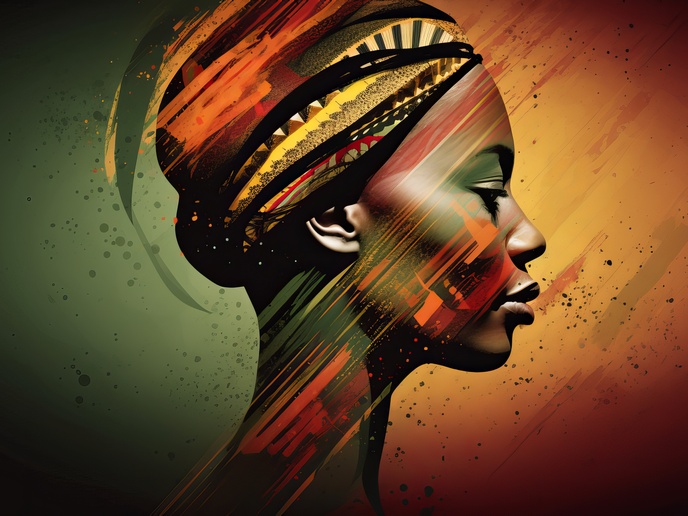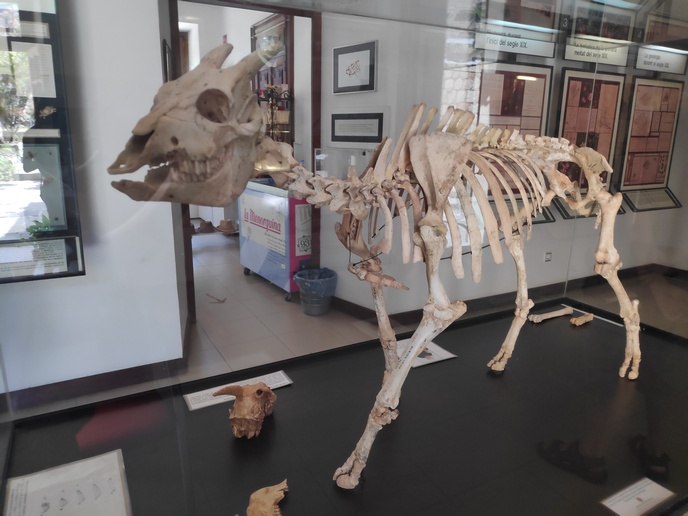The music history of Morris dancing: community building revisited
Dancing and music often experience periods of revival, which can be an important source of inspiration for modern artists, historians, and the general public. Morris dancing is currently undergoing such a resurgence in popularity in the UK. A traditional dance from as early as the 15th century, it has a simple structure of dancing in a round or in lines and is often accompanied with singing.
Diving into Renaissance music archives
To revive and eventually adapt Morris dancing to our own times, we need to delve into its history to understand how it was originally performed. After all, both music and customs have changed considerably since communities would gather for festivals linked to harvests and other agricultural rituals. Undertaken with the support of the Marie Skłodowska-Curie Actions programme(opens in new window), the POM project set out to learn more about the context of Morris dancing, especially the music it was accompanied by during its heyday, the 16th and 17th centuries. The most significant gaps in our understanding, and the most challenging ones to address, concern this very period. It was not a straightforward task according to Kathryn Roberts-Parker, POM’s project leader and interdisciplinary researcher at Newcastle University: “This music is best defined as ‘ubiquitous’, making the archive very challenging to piece together.”
A Morris historical performance delivers secrets from the past
With a view to promote sustainability in arts practice, POM developed a collaboration with professional dancers from Dance City in Newcastle-upon-Tyne. “We were able to workshop the materials I had gathered from the archives and deliver two performances at Newcastle University,” explains Roberts-Parker. Indeed, the integration of textual research with rehearsals using period instruments has provided exciting insights into the choreography and musicology of this dancing form. One such finding includes the use of ankle bells that continue to be popular with contemporary morris groups. Instruments like the tabor pipe and drum favour simple melodies that can attract crowds over a large distance. What stands out is that these features are common to the British Isles and the rest of Europe. Another striking similarity Roberts-Parker identified across geographic regions concerns the choreography of Morris: “Thoinot Arbeau in his dance manual, Orchèsographie (1589) describes a boy dancing a morris around a room in a very similar performance style to a traditional Christmas character performance in England called the Boy Bishop.” Similarly, the music accompanying Morris dancing has retained a certain simplicity over the centuries. As Roberts-Parker puts it: “It’s a simplicity that truly suits a communal style of dance.” The project was able to realise two significant milestones. The first is a database that allows tracking the development of instrumentation and sounds associated with Morris dancing over time. The second is a deeper understanding of the dance’s social value. In Roberts-Parker’s words: “It’s community building, it’s political activism, it’s controversial, and it’s connected to the natural environment.”







